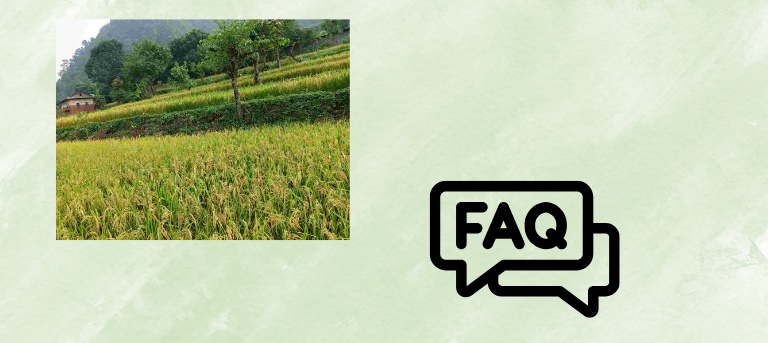Frequently Asked Questions (FAQ)
Got questions about visiting Palpa? You’re in the right place! Here, we’ve answered some of the most common questions to help you plan your trip. If you can’t find what you’re looking for, feel free to reach out to us anytime!

How can I reach Palpa from Kathmandu?
You can reach Palpa from Kathmandu either by bus or by air and road combination. Buses are available in the morning (6:00–8:00 AM) and at night, taking around 10–12 hours to reach Palpa. If you prefer flying, you can take a flight to Bhairahawa, and from there, hire a vehicle or take a local bus. The road journey from Bhairahawa to Palpa takes about 2–3 hours.
Are there direct bus services to Palpa from Pokhara?
Yes, there are direct bus services from Pokhara to Palpa. The journey usually takes around 4–5 hours, and buses are available in the morning. The route is scenic, offering views of hills and small villages along the way. You can also hire private vehicles for a faster and more comfortable journey.
What is the ideal time of year to visit Palpa for a comfortable climate?
The ideal time to visit Palpa is in spring (March to May) and autumn (September to November). During these months, the weather is mild and comfortable, with clear skies perfect for sightseeing. Winters are cooler but pleasant, while the monsoon season (June to August) brings heavy rain, which can make travel challenging but adds a lush green charm to the landscape.
What is the significance of Tansen Durbar in Nepalese history?
Tansen Durbar is an important historical site in Palpa. It was once the administrative center of the region and played a key role in the governance of the area. The Durbar showcases traditional Nepali architecture and reflects the cultural heritage of the Palpali people. It stands as a reminder of the region’s rich history and is a popular attraction for visitors.
What can I explore at Ridi Bazaar and its nearby attractions?
Ridi Bazaar is a lively marketplace known for its cultural and religious importance. You can visit the Rishikesh Temple, a sacred place for Hindus. The Kaligandaki River flows nearby, where visitors often perform rituals and enjoy the peaceful environment. The bazaar also offers traditional foods, handmade goods, and a glimpse into the daily life of the local community.
Can I visit the Palpa Durbar Museum, and what are its highlights?
Yes, the Palpa Durbar Museum is open to visitors. It features artifacts, traditional items, and exhibits that tell the story of Palpa’s culture and history. The museum also offers beautiful views of the surrounding hills, making it a great spot to explore for both history enthusiasts and nature lovers.
What are the best viewpoints in Palpa for sunrise and sunset?
Srinagar Hill is the best place to enjoy both sunrise and sunset in Palpa. It offers panoramic views of the Himalayan range and the valleys below. Another great spot is the viewpoint near Shreenagar Tower, where you can see the vibrant colors of the sky as the sun rises or sets.
What wildlife or plants are unique to the Palpa region?
Palpa is home to a variety of plants like rhododendrons and sal trees. You may also spot animals such as monkeys, deer, and different species of birds, including eagles and kingfishers. The region’s rich biodiversity makes it a great destination for nature enthusiasts.
